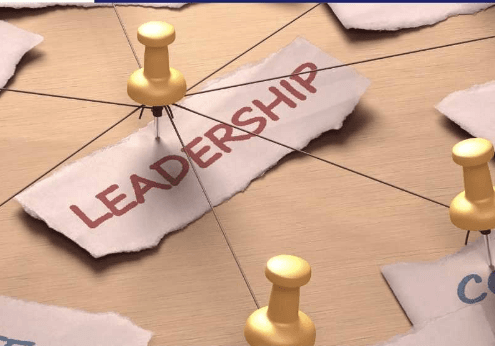Posts

Unlocking Business Growth: A Strategic Framework for Sustainable Success
The Challenge of Scaling Effectively
Growth is exciting—it…

Building Trust and Rapport: Leadership Lessons for Every Client Interaction
January may be behind us, but the real work of 2025 is just getting…

Leadership Excellence
A Note From Jenny
A Wake-Up Call: Focusing on What Truly Matters
This…

Leading Through Q4: Strategies for the Finish Line
As we enter the year's final quarter, it's time to reflect, refocus,…

Navigating the Now: Mastering Leadership Flexibility
Proactive Leadership: Embedding Flexibility into Your Organization
In…

